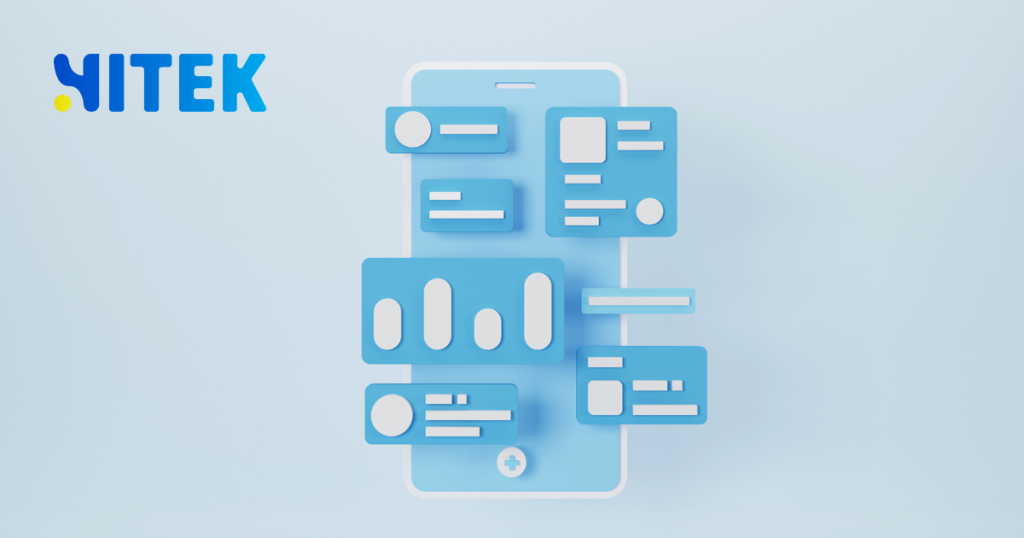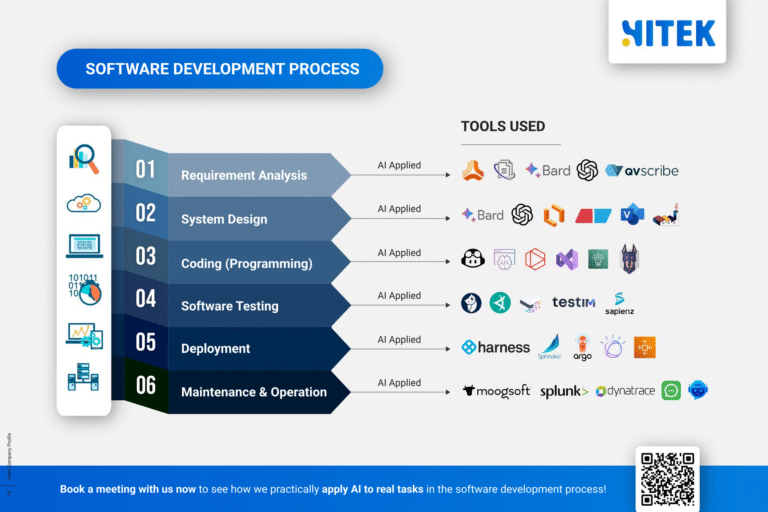Choosing the proper framework can make or break your project in competitive app development. For Australian developers and businesses, Flutter has emerged as a popular choice, but is it the right fit for your needs? Let’s explore why Flutter is gaining traction, what its advantages are, and whether it’s the ideal solution for app development in Australia.
Contents
ToggleWhat is Flutter?
Flutter is an open-source UI software development kit (SDK) created by Google. It allows developers to build natively compiled mobile, web, and desktop applications from a single codebase. Since its launch in 2017, Flutter has grown rapidly, with a strong community and widespread adoption across the globe.
For Australian developers, Flutter offers a unique opportunity to streamline app development while maintaining high performance and a polished user experience. But what makes it stand out in a crowded market?
Why Flutter is Gaining Popularity in Australia
1. Cross-Platform Development Made Easy
One of Flutter’s most significant selling points is its ability to create apps for multiple platforms using a single codebase. This means developers can write code once and deploy it on iOS, Android, and web platforms. This is a game-changer for Australian businesses looking to save time and resources.
According to a 2023 developer survey, cross-platform frameworks like Flutter are increasingly preferred due to their efficiency. This is particularly relevant in Australia, where the booming tech industry and businesses seek cost-effective solutions.
2. High Performance with a Native Feel
Flutter uses the Dart programming language, which compiles directly to native machine code. This ensures high performance and a smooth user experience comparable to native apps. For Australian developers, this means delivering fast and responsive apps, even on lower-end devices.
3. Rich UI Capabilities
Flutter’s widget-based architecture allows for highly customizable and visually appealing user interfaces. Whether you’re building a sleek e-commerce app or a dynamic social media platform, Flutter provides the tools to create stunning designs.
Flutter vs. Other Frameworks: A Quick Comparison
| Feature | Flutter | React Native | Native Development |
|---|---|---|---|
| Code Reusability | Single codebase for all platforms | Single codebase for mobile | Separate codebases for iOS/Android |
| Performance | High (native compilation) | Moderate (JavaScript bridge) | High (fully native) |
| UI Flexibility | Highly customizable | Limited by native components | Fully native |
| Learning Curve | Moderate (Dart language) | Easy (JavaScript) | Steep (Swift/Kotlin) |
As the table shows, Flutter balances performance, flexibility, and ease of use, making it a strong contender for app development in Australia.
Key Benefits of Using Flutter for Australian Developers
1. Cost-Effective Development
Budget constraints are a common challenge for startups and small businesses in Australia. Flutter’s cross-platform capabilities reduce development costs by eliminating the need for separate iOS and Android teams.
2. Strong Community Support
Flutter boasts a vibrant global community with active forums, meetups, and resources. Local developer groups and events in Australia, such as Flutter Melbourne, provide valuable networking and learning opportunities.
3. Seamless Integration with Firebase
Firebase, Google’s backend-as-a-service platform, integrates seamlessly with Flutter. This is particularly useful for Australian developers looking to add features like real-time databases, authentication, and cloud storage without building a backend from scratch.
4. Future-Proof Technology
Google’s commitment to Flutter ensures regular updates and long-term support. With the rise of Fuchsia, Google’s upcoming operating system, Flutter is poised to play a key role in the future of app development.
Challenges of Using Flutter
While Flutter offers numerous advantages, it’s not without its drawbacks:
- Larger App Size: Flutter apps tend to be larger than native apps, which can concern users with limited storage.
- Limited Third-Party Libraries: Although Flutter’s ecosystem is growing, it still lags behind native development regarding third-party library availability.
- Learning Dart: For developers unfamiliar with Dart, there’s a learning curve involved.
Is Flutter the Right Choice for Australian Developers?
The answer depends on your project requirements. Flutter is an excellent choice if you’re looking for a cost-effective, high-performance solution with a single codebase. It’s particularly well-suited for:
- Startups and small businesses with limited budgets.
- Projects requiring a highly customized UI.
- Teams looking to streamline development across multiple platforms.
However, if your project demands extensive use of platform-specific features or requires the smallest possible app size, native development might be a better fit.
Real-World Examples of Flutter in Australia
Several Australian companies have successfully adopted Flutter for their apps. For instance, the popular real estate platform Realtor.com used Flutter to deliver a consistent user experience across iOS and Android. Similarly, Australian startups like Bendigo Bank have leveraged Flutter to accelerate their app development process.
Final Thoughts
Flutter is more than just a trend; it’s a powerful tool reshaping the app development landscape. It offers a compelling mix of performance, flexibility, and cost-efficiency for Australian developers and businesses.
If you’re considering Flutter for your next project, take the time to evaluate your needs and explore its capabilities. With the right approach, Flutter can help you create apps that stand out in Australia’s competitive market.
Ready to get started with Flutter? Check out the official Flutter documentation for tutorials, guides, and best practices.
By choosing Flutter, you’re not just building an app—you’re investing in a future-proof solution that aligns with the needs of Australia’s dynamic tech industry. So, why wait? Explore Flutter today and see how it can transform your app development journey.









